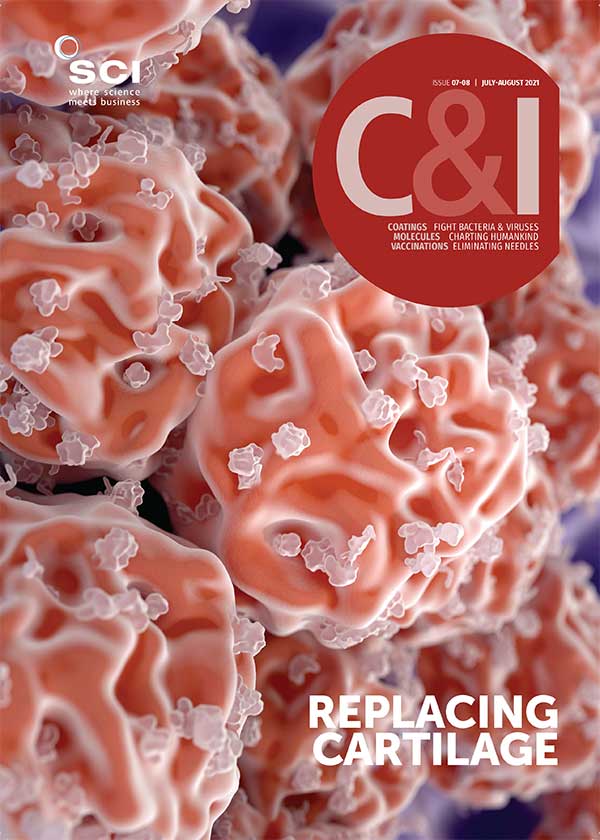Maria Burke
A Dutch company says its zinc-based antimicrobial packaging prevents 99.9% of bacteria from attaching to its surface, as well as viruses, fungi and mould. It could find use in protecting food such as fish, which go off rapidly.
Zinc plays an important role in the body, preventing microbes from sticking to the skin. Parx Materials’ Saniconcentrate technology mimics this property, focusing on stopping adhesion of the bacteria and not killing the bacteria, explains CEO Michaël van der Jagt. ‘For most bacteria, attachment is necessary to enable them to take in food and to multiply. Without attachment, no new bacteria will appear and the bacteria already present will simply die, according to their normal life cycle, which is an average period of about three to four hours.’ Unlike other antimicrobials, such as silver nanoparticles which are used as coatings, Saniconcentrate is fixed inside the material, he adds, so it will not leach out.
The company has designed Saniconcentrate to be blended with a packaging material during manufacturing (usually 3% of the material’s composition) using a patented treatment process. The result is an improved mechano-physical property at the material surface, it says, although scientific trials have not been undertaken.
Parx has designed the technology with food contact applications in mind. In May 2021, it joined with Norwegian company ZincIn to release a fast-food tray made with Saniconcentrate. The ‘self-cleaning’ tray is based on recycled ocean waste plastic.
Parx recently sent its products for informal testing by local fish processors. ‘The quality of fresh salmon and tuna that we package starts to decline after seven days, and that determines the shelf-life of the product,’ explains Martijn Spilt of Maxima Seafood. ‘In organoleptic [sensory] tests, fish in the [Parx] packaging received the highest quality scores after 12 days. In particular, the total absence of smell and leakage fluid was remarkable. In addition, the product had a better colour and gloss, compared with the pieces packed in foil without the technology.’
However, Kay Cooksey, a specialist in packaging science at Clemson University, South Carolina, US, is not convinced. She is sceptical about the claims that the technology has broad-spectrum antimicrobial performance. ‘If it’s 99.9% effective, that still leaves bacteria that can regenerate. That claim can be very misleading. It depends upon the initial load of bacteria. If it’s a small bacterial/viral load, then 0.1% of that can be a few cells, but if it’s a high load, then 0.1% can still be a very high amount of bacteria/virus.’
She also raises the issue of migration. While she agrees that zinc in the product probably doesn’t leach, she thinks zinc won’t work well if it’s buried in the bulk of the material. ‘Silver is not the issue with migration; nanoparticles are the issue as they not proven safe in all situations for food packaging.’
Finally, Cooksey points out that the concept of preventing bacterial attachment to surfaces has been in use commercially with Microban and AgIon for many years. ‘Instead of zinc, silver has been used commercially for the same applications. The combination of using zinc for antimicrobial packaging has not been commercially available so that’s new but not novel.’





